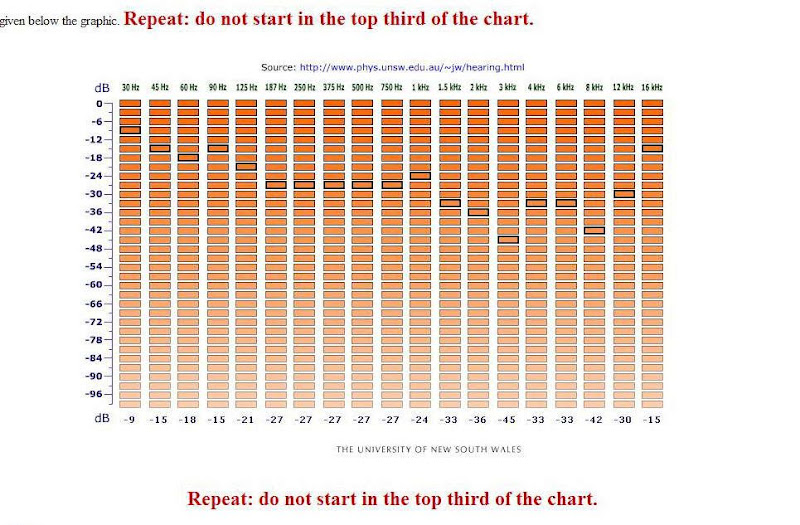corElement
Well-Known Member
I was wonderring aboout this earlier, a lot of people mention clarity-tone-transparency-how decolouring the sound is important ( which I agree ) but : as you well know, specs can be deceiving and the environment along with your brain play tricks if not carefully tuned.
Which brings me to my question .. why the aversion towards speakers which produce bass? Is this not a subjective matter? It is sound after-all. Its relevant to ones taste and mental configuration.
During my auditions majority of the towers I listened to within my budget across varied brands - many of which are highly recommended by members even in this forum - the towers which I finally bought had built in 10" side firing woofers which many higher model towers from it did not have however they still went lower. But its combined effect with meds and highs was doing 1 thing - it satisfied my senses. Something many other towers which had excellent meds and highs did not have. Whenever I heard them even with a sub there was something missing. I couldn't enjoy a certain deepness to certain sounds where singers sung out of their belly and not their chest. Why? Because that deepness went towards the sub and it messed up the whole thing for me. Mind you im talking about budget speakers here. Yes you can go for consumer brands and get mini hifi which pump boom but thats not the right way to seperate the matter I feel. You need a certain amount of clarity-tightness-decolouration and RICHNESS to sound which those cannot deliver.
My reason for making this thread is - Dont go by what people say when it comes to sound - the speaker and amp have to be relevant to your budget and what your senses are configured for. Dont go exactly by specs because they're often not exact. Take what satisfies your senses.
Because remember - theres no limit to how high a spec you can go which your brain would easily adjust to eitherway, and don't forget the environment either, bass =/= boom. Taste is not chronically relevant to better or worse. Today you might like bass, tomorrow you might like highs. Thus neither are better - or worse.
Which brings me to my question .. why the aversion towards speakers which produce bass? Is this not a subjective matter? It is sound after-all. Its relevant to ones taste and mental configuration.
During my auditions majority of the towers I listened to within my budget across varied brands - many of which are highly recommended by members even in this forum - the towers which I finally bought had built in 10" side firing woofers which many higher model towers from it did not have however they still went lower. But its combined effect with meds and highs was doing 1 thing - it satisfied my senses. Something many other towers which had excellent meds and highs did not have. Whenever I heard them even with a sub there was something missing. I couldn't enjoy a certain deepness to certain sounds where singers sung out of their belly and not their chest. Why? Because that deepness went towards the sub and it messed up the whole thing for me. Mind you im talking about budget speakers here. Yes you can go for consumer brands and get mini hifi which pump boom but thats not the right way to seperate the matter I feel. You need a certain amount of clarity-tightness-decolouration and RICHNESS to sound which those cannot deliver.
My reason for making this thread is - Dont go by what people say when it comes to sound - the speaker and amp have to be relevant to your budget and what your senses are configured for. Dont go exactly by specs because they're often not exact. Take what satisfies your senses.
Because remember - theres no limit to how high a spec you can go which your brain would easily adjust to eitherway, and don't forget the environment either, bass =/= boom. Taste is not chronically relevant to better or worse. Today you might like bass, tomorrow you might like highs. Thus neither are better - or worse.



